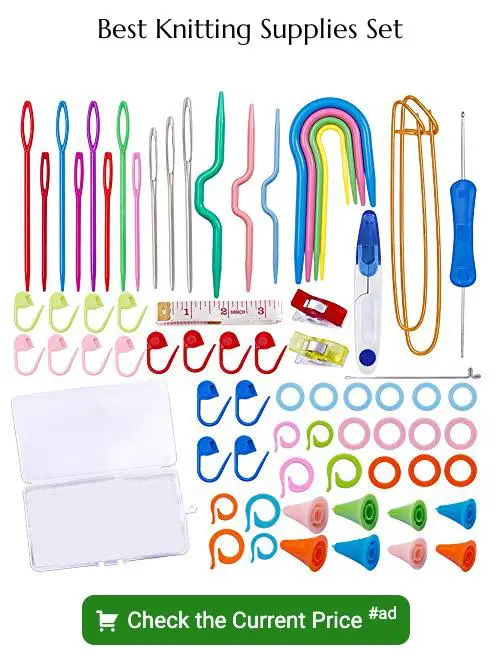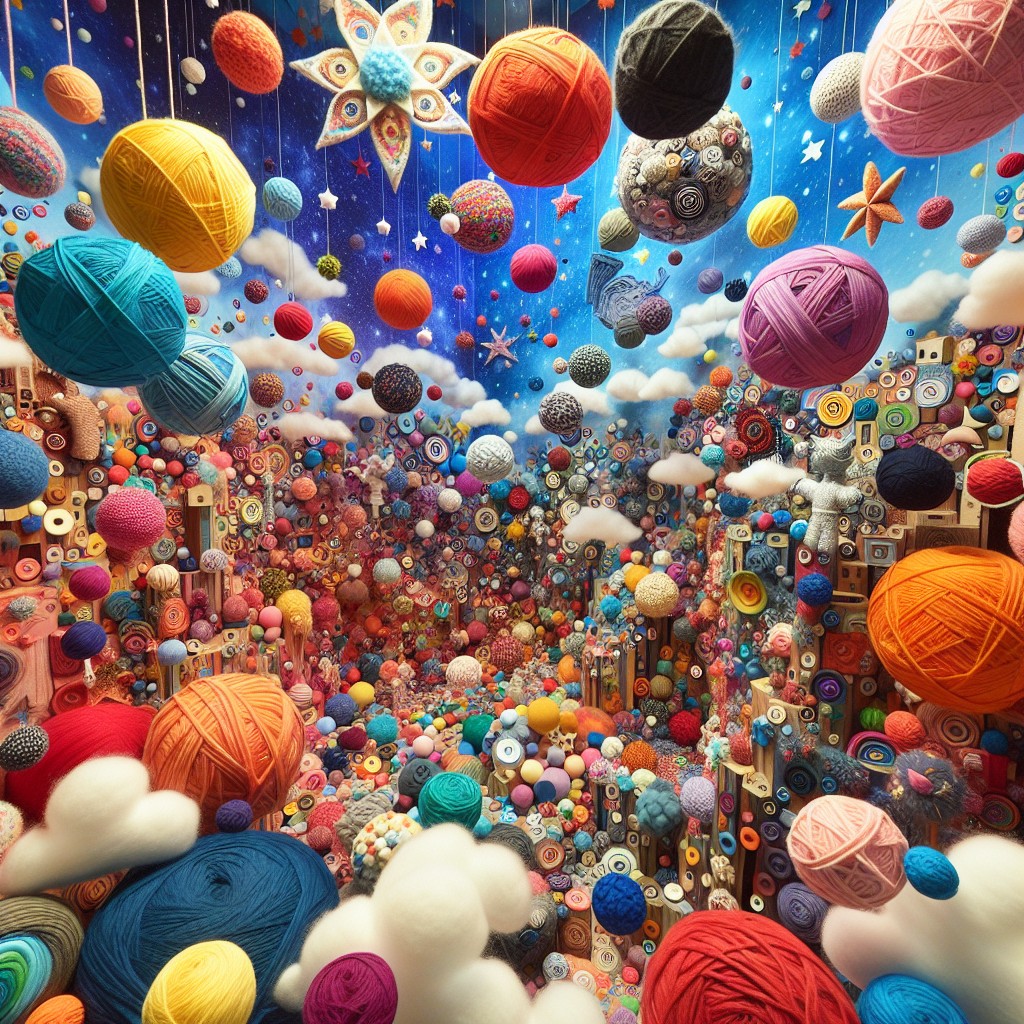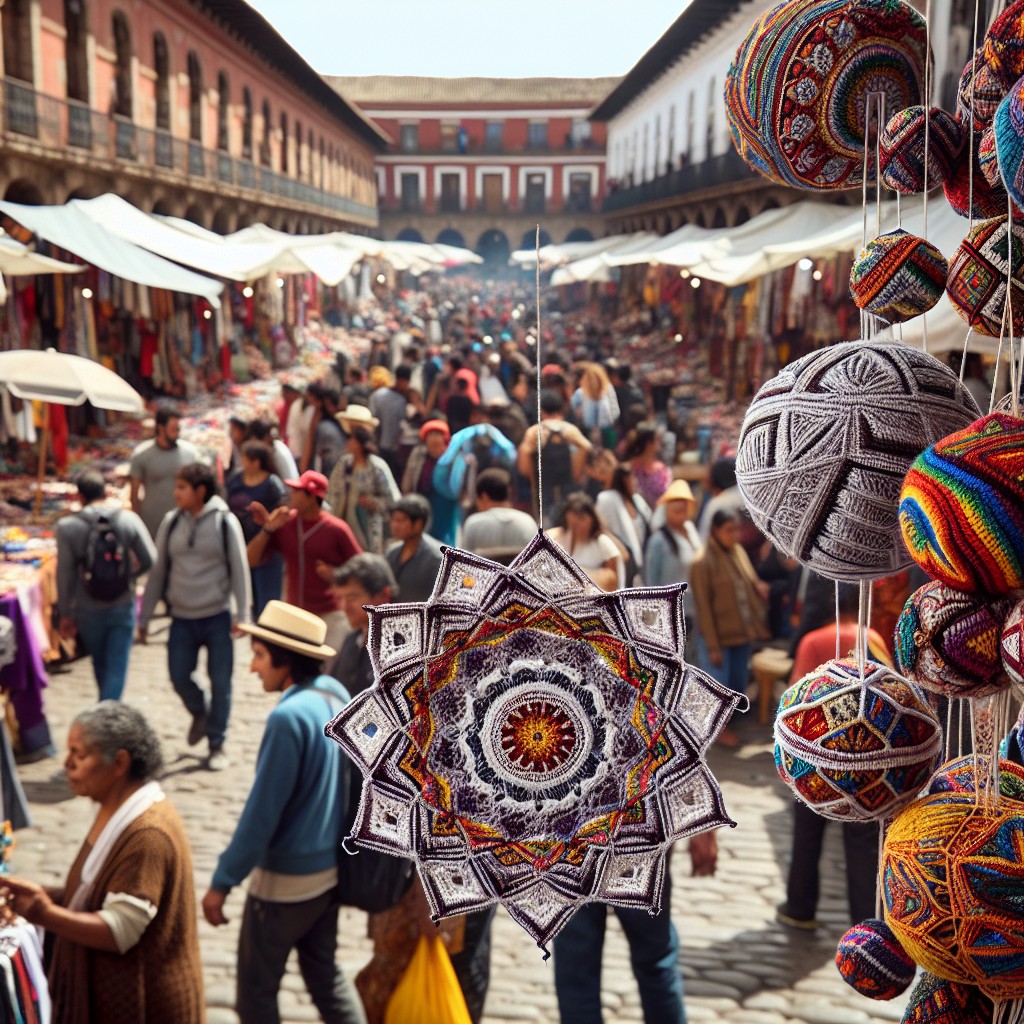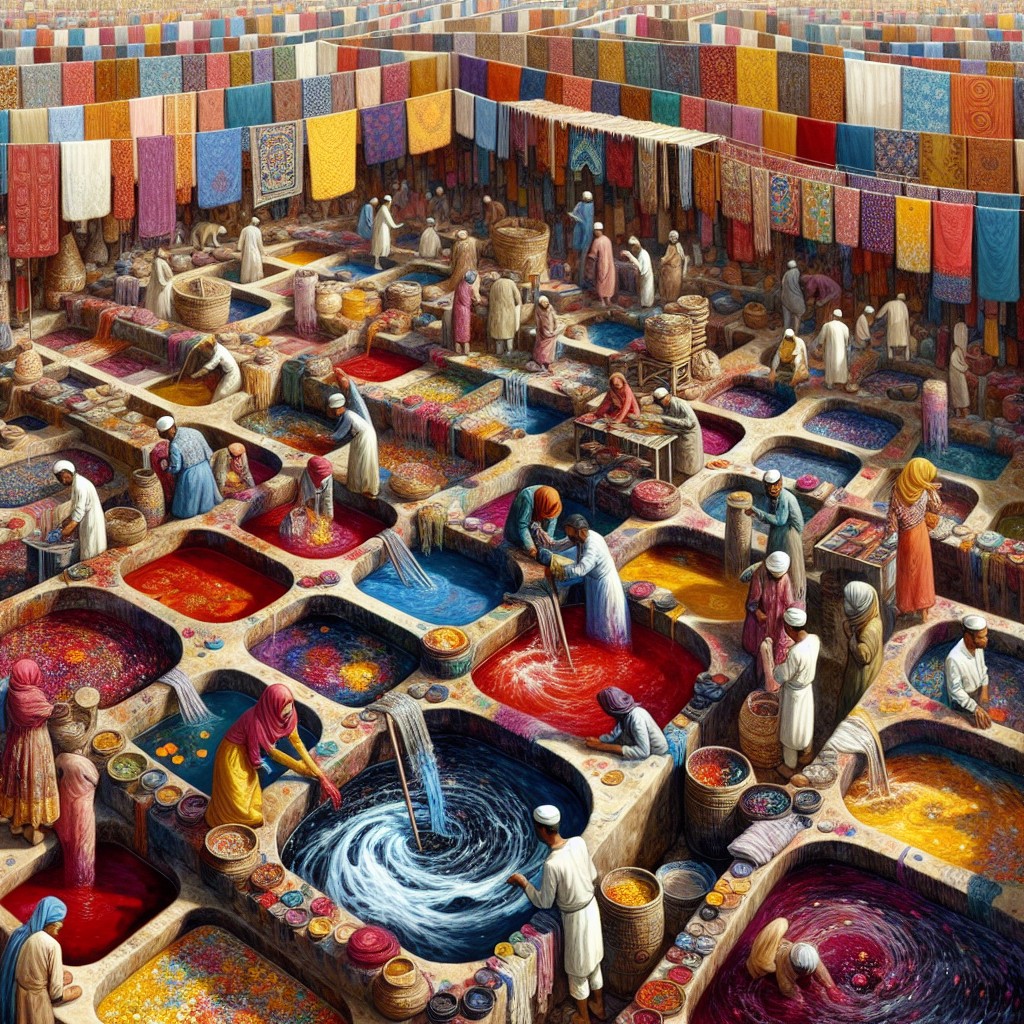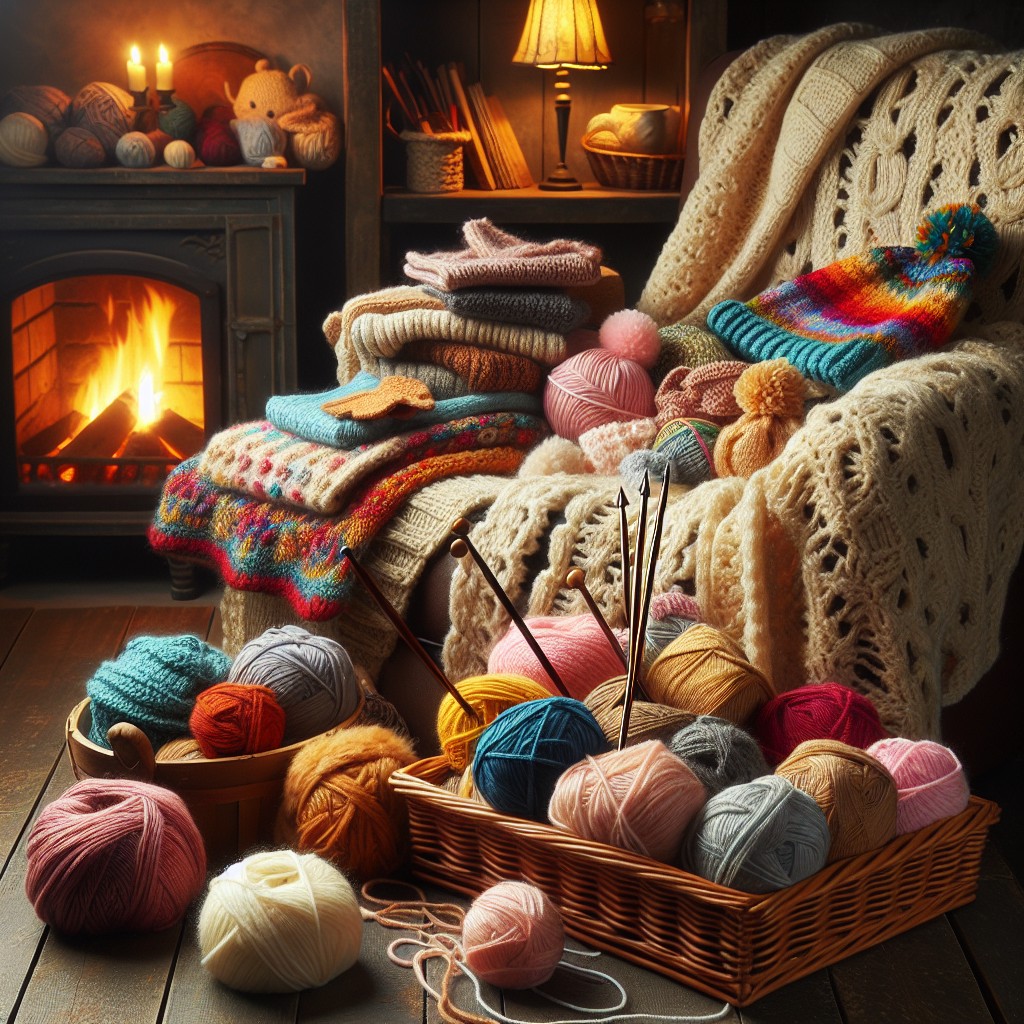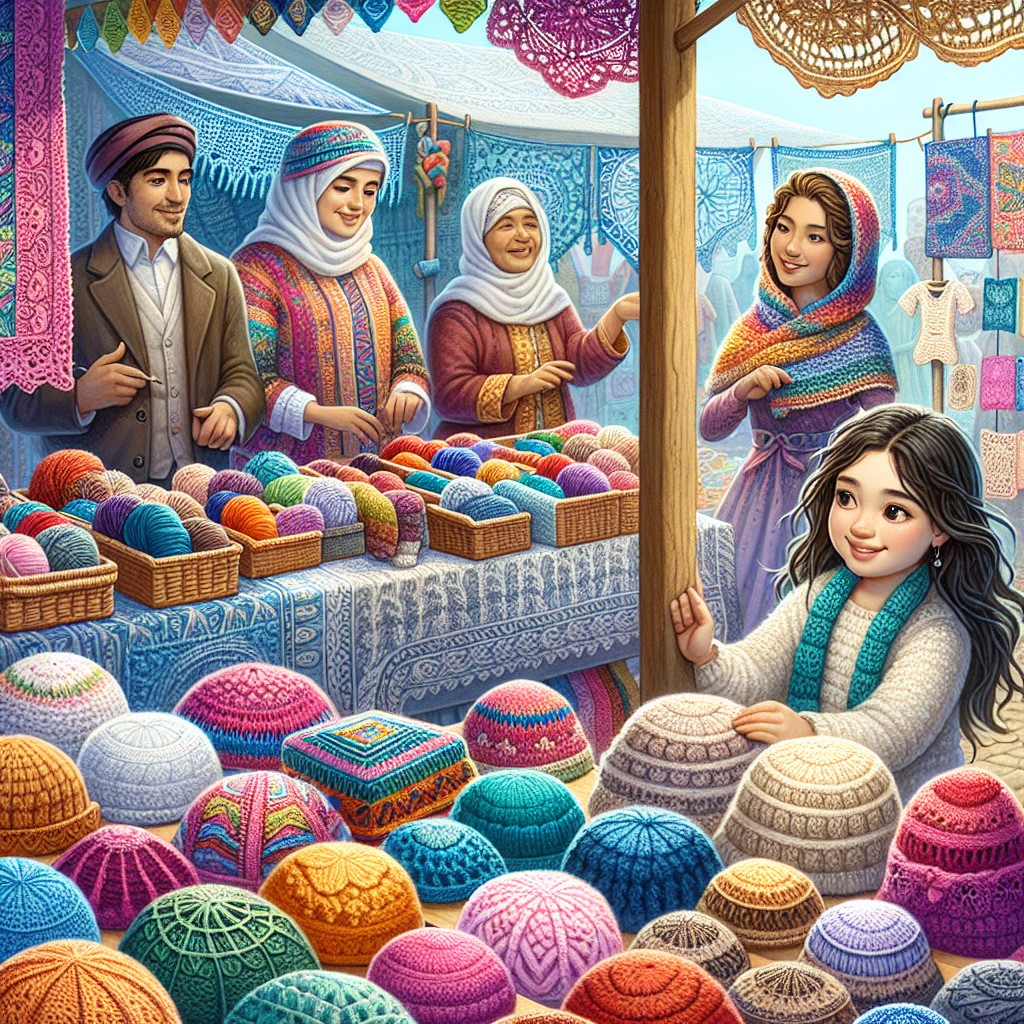Explore the intriguing world of knitting as we unravel noteworthy insights and trends that shape this popular craft.
Diving into the world of knitting, it’s fascinating to discover the statistics that reveal how popular, beneficial, and widespread this craft truly is.
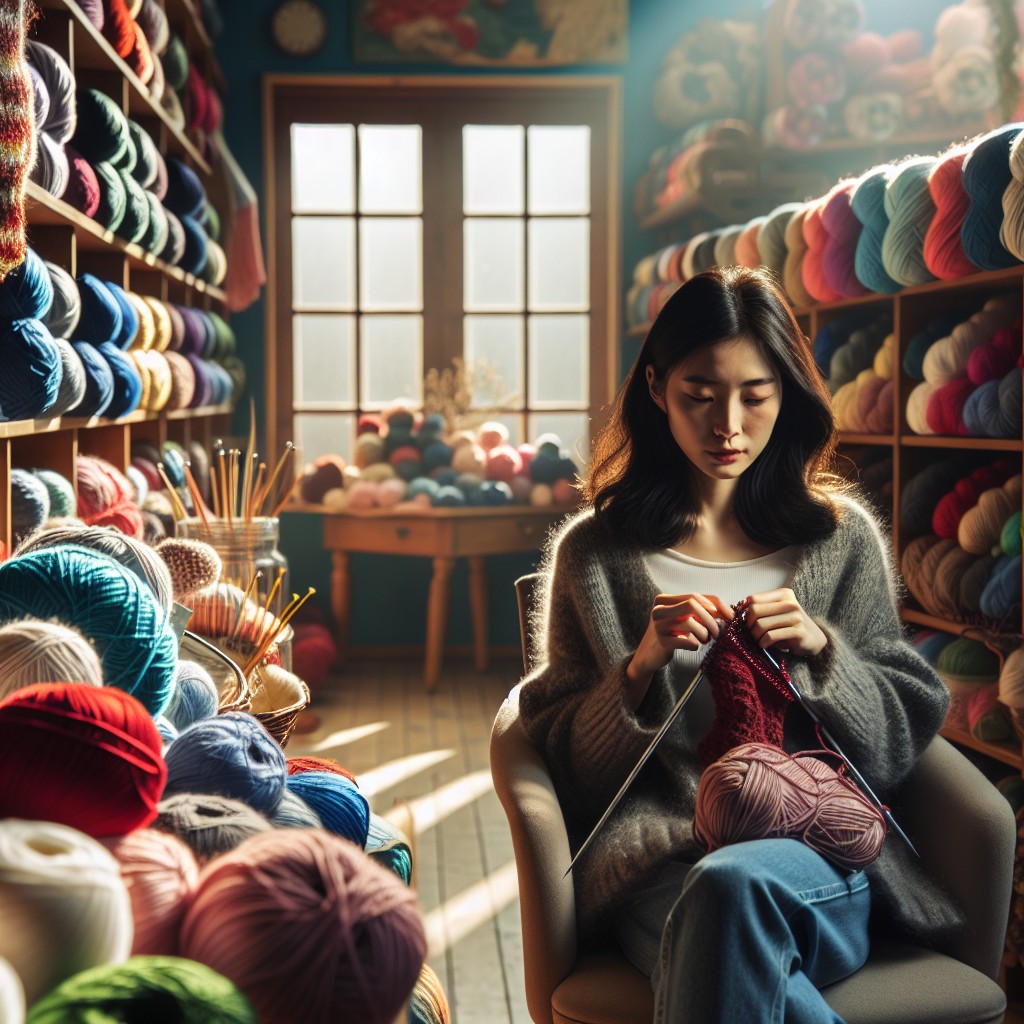
This article provides a comprehensive compilation of knitting statistics, showcasing the prevalence of this hobby, its economic impact, and its therapeutic benefits.
Whether you’re curious about the percentage of people who knit worldwide, the age demographics of knitters, or the therapeutic effects of knitting, you’ll find all the intriguing details right here.
Stay tuned to unravel the intriguing world of knitting through numbers.
The average knitted knits around 20-30 stitches per minute
Speed varies vastly among knitters, influenced by factors such as experience, knitting style, and complexity of pattern. However, a common average is 20 to 30 stitches completed within a minute’s timeframe. This calculation provides a useful ballpark when planning projects and estimating the time commitment required for completion. It’s also important to keep in mind that ultimate enjoyment of the craft should be the main aim, and not necessarily speed.
According to the AFCI study, 62% of knitters give items they craft as gifts
The enthusiasm for knitting isn’t just a personal treat; a significant number of these creations become heartfelt gifts. A study conducted by the Association for Creative Industries unveiled that a substantial 62% of handmade pieces are lovingly given away. This statistic throws fresh light on the knitting culture and underscores the crucial role it plays in an era dominated by impersonal, mass-produced goods. It highlights the intensity of personal connection, time, and effort that goes into every knitted item.
Furthermore, it demonstrates how crafting and gifting combined enhance both the artist’s imagination and the recipient’s appreciation of handcrafted items.
The hashtag #knitting on Instagram has over 23 million posts
The popular social media platform Instagram is overflowing with posts related to knitting. Users all around the world are sharing their projects, techniques, and inspirations under the hashtag #knitting. From budding hobbyists to seasoned professionals, this hashtag connects millions of knitting enthusiasts globally. It presently has over 23 million posts, displaying an impressive mosaic of creativity and craftsmanship.
According to the Craft Yarn Council’s Tracking Stufy, 74% of knitters use Ravelry
Ravelry, an online community for crafters, plays a significant role for knitters worldwide. Being preferred by a majority, the platform is used by approximately three-quarters of the global knitting community. Craft Yarn Council’s tracking study indicates the figure to be around 74%, exemplifying Ravelry’s substantial recourse for knitting enthusiasts, pattern designers, and yarn suppliers alike.
It hosts a variety of features from pattern directory to discussion forums, providing a comprehensive virtual platform for sharing knitting endeavors.
People who knit have a lower heart rate by an average of 19% as opposed to those who perform other activities
Multiple studies corroborate that knitting acts as a natural heart rate reducer. The act of crafting each intricate stitch has a meditative quality, producing a calming effect on the knitter. This genuine tranquility is translated into physical effects.
Individuals engaged in knitting have been shown to exhibit a heart rate that is on average 19% lower than those engaged in other activities, effectively resulting in a more relaxed state. The soothing rhythmic patterns involved in this craft encourage mindfulness, which in turn impacts cardiovascular health positively.
Therefore, it’s not just a pastime, but a healthful habit that benefits both mental and physical wellbeing.
88% of knitters feel less stressed when they knit
Engaging in knitting has been proven to be an effective stress reliever. This is not just anecdotal evidence from avid knitters, but is supported by statistical data. A significant 88% of individuals who participate in this creative endeavor report a noticeable reduction in their stress levels.
The rhythmic and repetitive motion of knitting may have a meditative effect and help to calm the mind. Furthermore, the creation of something tangible, often beautiful or useful, from raw materials has psychological benefits as well. This greatly contributes to this craft’s efficacy in promoting relaxation and reducing anxiety.
Knitting helped 40% of knitters fight off depression
The therapeutic benefits of this craft reach beyond merely creating beautiful items. It offers mental and emotional benefits, making it more than just a hobby.
A study revealed that 40% of knitters reported an improvement in their mood and a decrease in depressive symptoms. The rhythmic, repetitive motion of knitting, coupled with the focus required, creates a calming state akin to meditation.
This not only distracts from worries and stress but also generates serotonin, a natural anti-depressant. This enlightening statistic highlights how knitting could be a potential method to support those battling depression, reinforcing its positive effects on mental health.
51% of knitters spend over 8 hours per week on their knitting projects
A significant portion of the knitting community dedicates considerable time to this craft each week. In fact, over half of all knitters allocate more than one full workday to their projects. This commitment not just highlights the passion for the craft, but also the time-intensive nature of knitting.
Creating intricate patterns and designs typically requires several hours of diligent work. Therefore, despite being perceived as a hobby, knitting often mirrors the time-demand of more traditional forms of employment. This statistic also reflects how integral knitting can become to one’s weekly routine.
Over 45 million Americans know how to knit or crochet
The substantial figure of 45 million illustrates the widespread appeal and popularity of these crafts in America. This encompasses those who are proficient in either skill, as well as those versatile crafters who’ve mastered both knitting and crocheting.
These hobbies cross all demographics, appealing to a broad range of ages, genders, and ethnicities. It’s a testament to the enduring appeal of these timeless crafts which have been passed down through generations, and continue to capture interest in the digital age.
With the current trend of DIY and hand-made items, the number of craft enthusiasts is likely to continue to grow.
References:
- thecreativeshour.com
- https://knitlikegranny.com/
- https://www.barchart.com/
